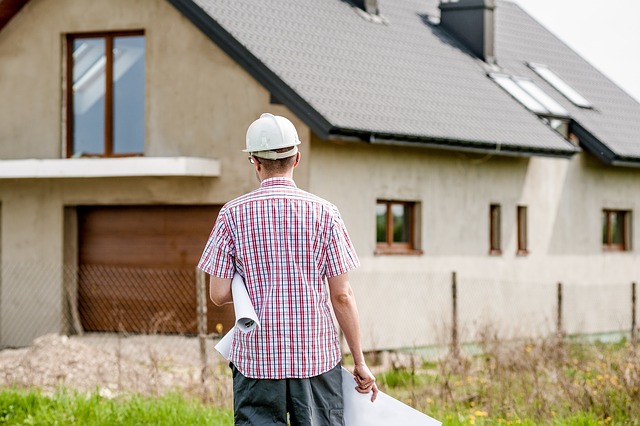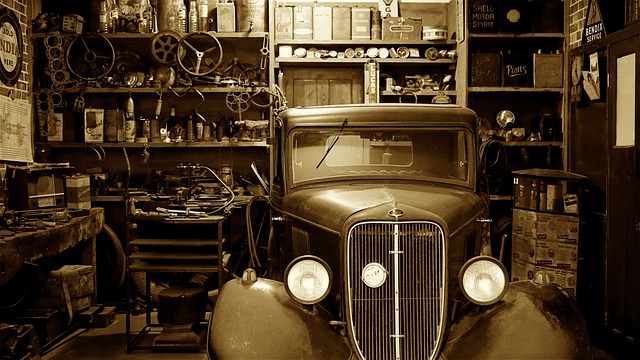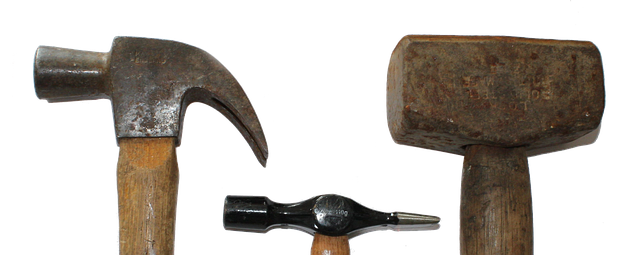Understanding HVAC systems is vital for home repair and maintenance. These systems regulate indoor climate through refrigerants and components like furnaces, thermostats, and ducts. Regular maintenance, including filter cleaning, refrigerant checks, and performance optimization, ensures efficiency, prolongs equipment lifespan, enhances air quality, improves comfort, and reduces energy bills. Skipping maintenance may lead to issues like inadequate air circulation, inefficient heating/cooling, higher energy costs, and health risks. Proactive measures such as routine inspections and professional tune-ups are key to addressing these problems.
In the realm of home comfort, efficient HVAC (Heating, Ventilation, and Air Conditioning) systems play a pivotal role. Understanding these intricate systems is key to ensuring optimal performance and a comfortable living space. This article delves into the fundamentals of HVAC maintenance and repair, offering insights on regular care for preventive measures. From unraveling common issues to presenting effective solutions, we guide you through the process, empowering you with knowledge for seamless home repair and maintenance.
- Understanding HVAC Systems: Unveiling the Basics of Home Heating and Cooling
- Regular Maintenance: Preventive Care for Efficient and Safe Operation
- Common Repair Issues and Effective Solutions for a Comfortable Living Space
Understanding HVAC Systems: Unveiling the Basics of Home Heating and Cooling

Understanding HVAC systems is key when it comes to effective home repair and maintenance. At their core, Heating, Ventilation, and Air Conditioning (HVAC) systems are designed to regulate indoor temperatures, ensuring comfort year-round. They work by circulating a refrigerant through a series of coils, condensing heat from outdoor air and releasing it indoors during cold months. In warmer seasons, the process reverses, extracting heat from inside your home and expelling it outdoors.
These systems comprise various components: furnaces, air conditioners, thermostats, ducts, and air filters. Regular maintenance involves cleaning or replacing filters to improve airflow and efficiency, checking for leaks in refrigerants, and ensuring all parts are operating optimally. By understanding these basics, homeowners can better appreciate the importance of regular HVAC check-ups, enabling them to address issues early and extend the lifespan of their equipment.
Regular Maintenance: Preventive Care for Efficient and Safe Operation

Regular maintenance is key in ensuring your HVAC system operates efficiently and safely throughout its lifespan. Just like any other home repair and maintenance, scheduling routine checks can prevent costly repairs down the line. Professionals can inspect for wear and tear on components, clean or replace filters, and lubricate moving parts to maintain optimal performance. This proactive approach also helps to catch small issues before they become bigger problems, saving you money and keeping your home comfortable.
By skipping regular maintenance, you run the risk of dealing with energy inefficiencies, increased indoor humidity levels, and even potential safety hazards. Regular care ensures that your HVAC system is working at its best, distributing air evenly throughout your space while maintaining ideal temperature and humidity levels. This, in turn, can lead to better air quality, improved comfort, and reduced energy bills.
Common Repair Issues and Effective Solutions for a Comfortable Living Space

In the realm of home repair and maintenance, HVAC (Heating, Ventilation, and Air Conditioning) systems often present common issues that, if left unaddressed, can lead to uncomfortable living spaces. One frequent problem is a lack of proper air circulation, which can be caused by clogged filters, obstructions in ducts, or faulty blowers. This issue results in uneven temperature distribution, with some areas feeling too hot or too cold. Effective solutions involve regular filter changes, thorough duct cleaning, and ensuring all components are functioning optimally.
Another widespread challenge is inefficient heating and cooling, often due to outdated equipment or improper installation. Old HVAC systems may struggle to maintain comfortable temperatures, leading to increased energy bills and potential health concerns. Upgrading to energy-efficient models, conducting routine inspections, and professional tune-ups can resolve these issues. Regular home repair and maintenance practices, combined with prompt addressing of HVAC troubles, contribute to a healthy and comfortable living environment.
Proper HVAC maintenance and timely repairs are key to ensuring a comfortable, safe, and energy-efficient home environment. By understanding the basics of these systems and implementing regular care, homeowners can avoid costly breakdowns and extend the lifespan of their heating and cooling equipment. With this guide’s insights on common issues and effective solutions, you’re now equipped to tackle minor repairs, fostering a more comfortable living space. Remember, proactive home repair and maintenance are essential for any homeowner aiming to keep their family cozy year-round.
